
Natural History Museum of Crete
Address: Leoforos Sofokli Venizelou
71202 Heraklion, Crete
e-mail: [email protected]
tel. +30 2810282740, 2810393630
Εmail:[email protected]
www.nhmc.uoc.gr
Facebook: Natural History Museum of Crete
Instagram: natural_history_museum_crete
General Information
Winter opening hours (1 November – 30 April)
Monday – Friday: 09:00 – 15:00
Saturday – Sunday: 10:00 – 18:00
Summer opening hours (1 May – 31 October)
Monday – Friday: 09:00 – 17:00
Saturday – Sunday: 10:00 – 18:00
Closed: 1st January, Orthodox Easter Sunday, 25th December
Natural History Museum of Crete
The Natural History Museum of Crete – University of Crete (UoC-NHMC) is the most complete museum for nature in Greece, as it contains marks of 8,000 years’ coexistence of man and nature. UoC-NHMC in its’ quest to record the natural elements that make up the Mediterranean landscape has extended its expeditions in recent years towards the southern and eastern Mediterranean. Searching for the natural characteristics of each country, but also, at the same time, looking for tell-tale signs of age-long links between the countries of the Mediterranean, it has retraced ancient routes and areas well-known for their history.

Μουσείο Φυσικής Ιστορίας Κρήτης / Natural History Museum of Crete
Plan your visit!
Τhe Natural History Museum of Crete is housed in the renovated former premises of the Heraklion Electricity Corporation, on Dermatas Bay. At 3,500 m2 it is the largest exhibition space of its kind in the Mediterranean, showcasing the natural environment of Crete and the eastern Mediterranean in an innovative, original way.
What can I see?
Exhibitions:
- The “Giant Deinotherium” of Crete is an impressive exhibit standing two floors Based on fossil bones found on Crete, it is a life-size reconstruction of the third largest mammal ever to live in Earth.
- The “Living Museum” is a special arranged area with small scale aquariums and terrariums housing living animals that can be found in Eastern Meditarranean
- The exhibition “Crete, a continent in an island” displays the most important elements of the Cretan natural environment (minerals, rocks, fossils, plants, arthropods, snails, vertebrates) unravelling the uniqueness of the island!
- The exhibition “Dinosaurs-extreme” the visitors can observe the life-sized Sure, these creatures are animatronic models, but the realism of these dinos’ leathery skin, plush feathers, and moving eyes is enough to raise a goose bump or two. Displayed alongside model skeletons and actual fossils, these titanic animals offer an up-close glimpse of what Earth was like millions of years ago, before an asteroid made dinosaurs so skittish that they’ve hidden from the presence of humans ever since.
- The exhibition “Light Mysteries” includes aspects of holography and optics, through experiments and illusions.
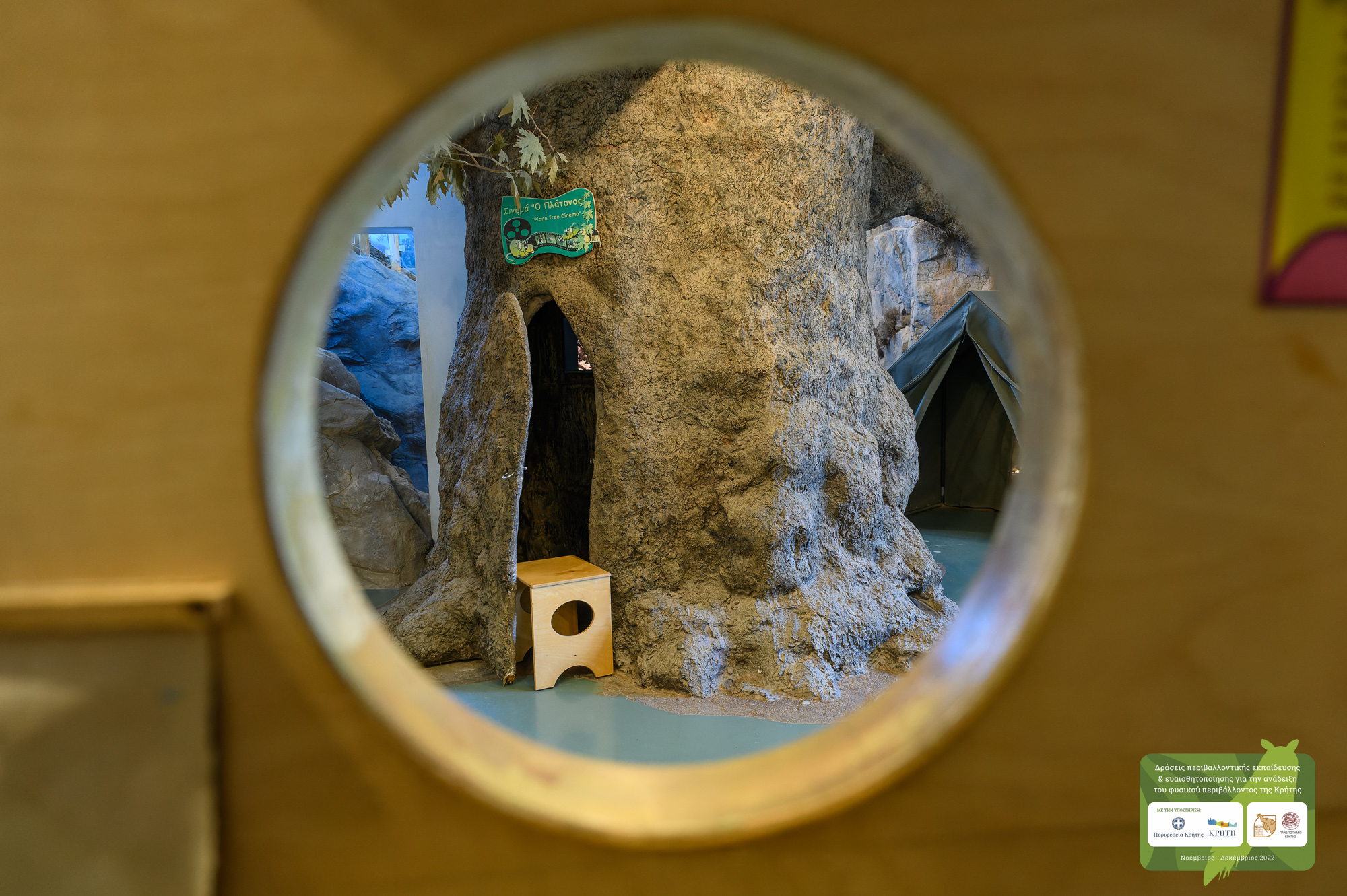
Μουσείο Φυσικής Ιστορίας Κρήτης / Natural History Museum of Crete
Erevnotopos” Discovery Centre
The “Erevnotopos” Discovery Centre is an area specially designed for our younger visitors, where they can dig for fossils and explore Cretan nature hands-on.
“Enceladus”, an earthquake simulator
An earthquake simulator is operating at the Museum offering visitors the opportunity to learn about earthquakes and experience, in a safe environment, real powerful earthquakes (6.9 & 6 Richter!).
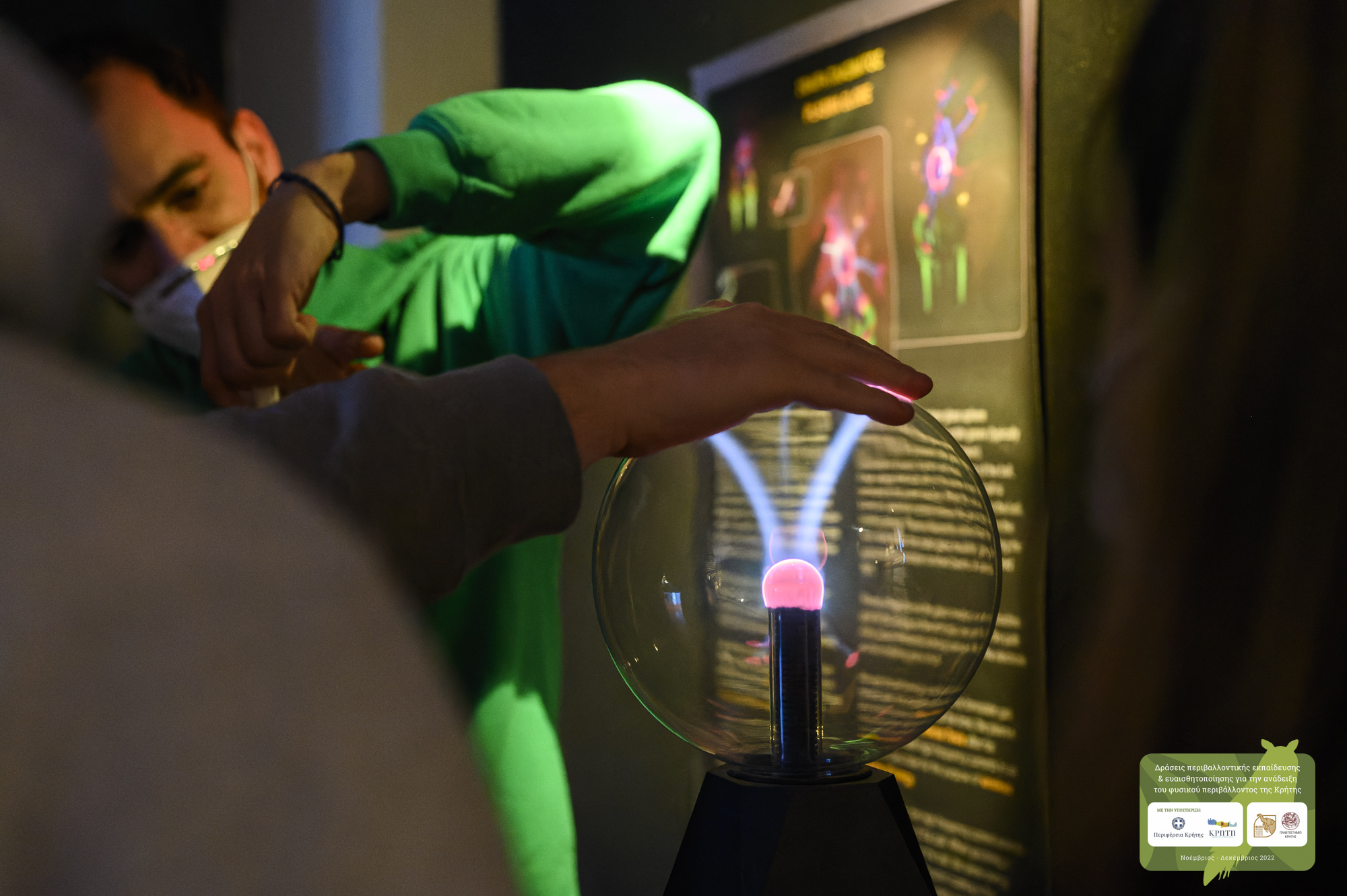
Μουσείο Φυσικής Ιστορίας Κρήτης / Natural History Museum of Crete
Documentaries :
- Dinosaurs: Giants of Patagonia (42′)
- Natura 2000 network: Life for all (26΄)
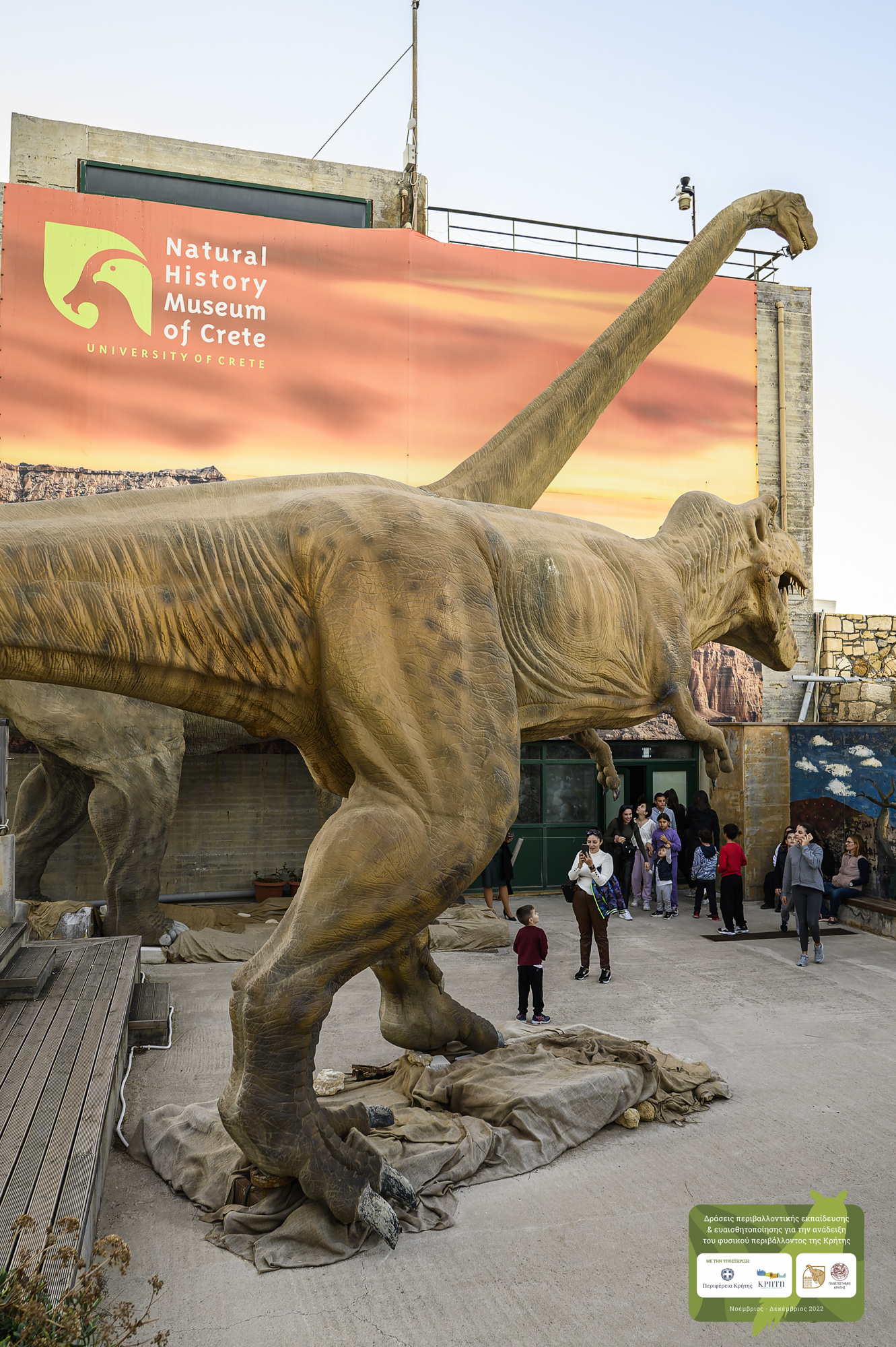
Μουσείο Φυσικής Ιστορίας Κρήτης / Natural History Museum of Crete
During the last decades, the UoC-NHMC has implemented national and European projects targeting the conservation, the management, and the promotion of Mediterranean’s natural heritage. The UoC-NHMC is searching for the balance and ways healthy co-existence between the environment and man.
The Museum’s main concern is to expand the experience of museum visitors. Young scientists (Biologists, Foresters, Agriculturists, Environmentalists, and Geologists among others) are always present in the Museum in order to answer the visitors’ questions.
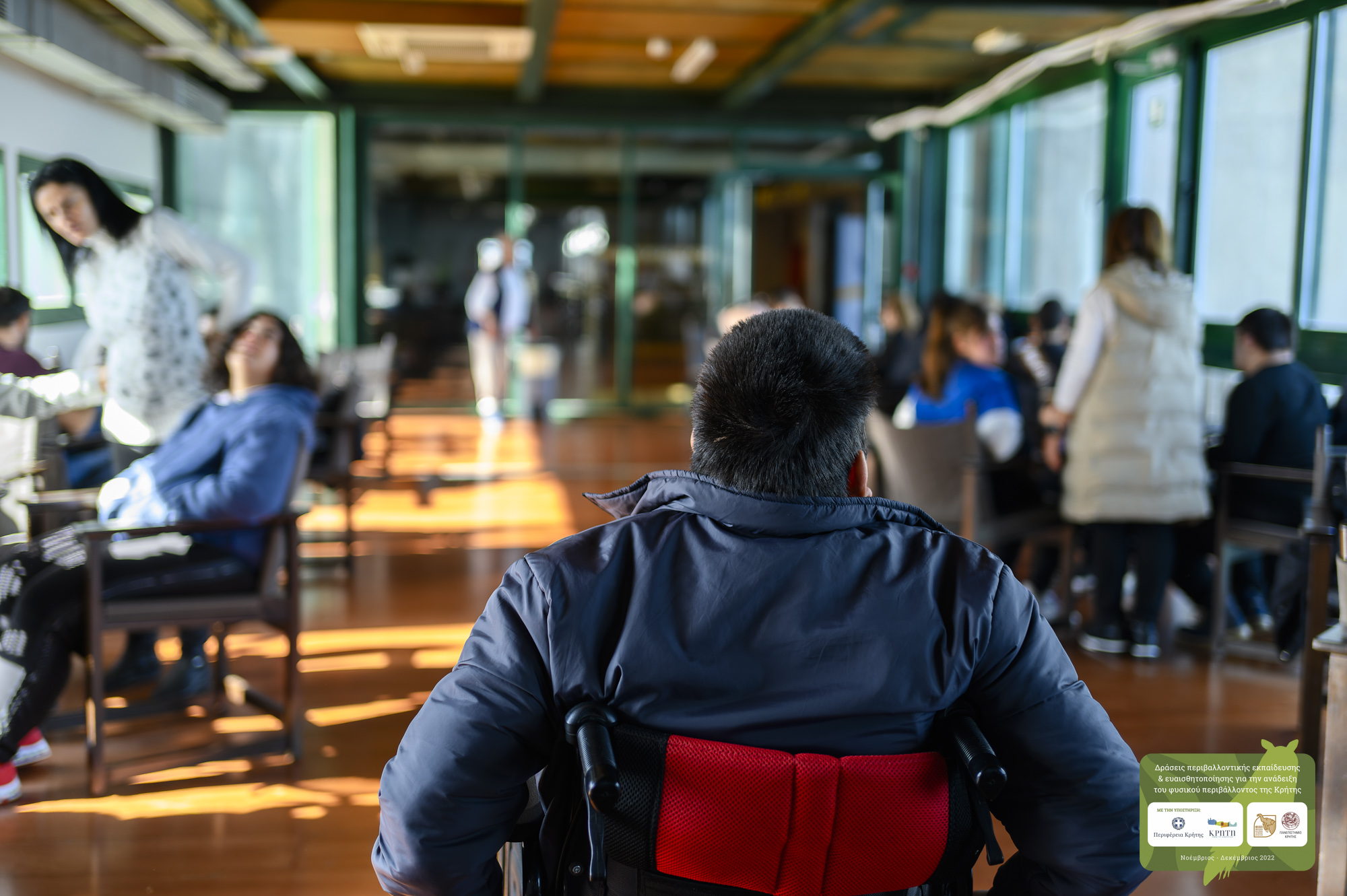
Μουσείο Φυσικής Ιστορίας Κρήτης / Natural History Museum of Crete
Approximately 20,000 students visit the Museum every year, participate in its educational programs and are guided in its exhibitions. Museum-kits for eagles, ecosystems, vultures and earthquakes are devised to cover the needs of schools in remote parts of Crete, with the aim of bringing the world of museums closer to the pupils and their teachers. Greek and foreign visitors experience powerful earthquakes on “Enceladus”, the earthquake simulator of the Museum. The Museum organizes or takes part on scientific conferences, art festivals and environmental events. It hosts events promoting culture, such as book presentations, documentary and film screenings, contemporary dance and theatre performances, painting exhibitions, musical evenings.
Among the most popular activities was Dr. Jane Goodall’s speech about the threats that chimpanzees face, the environmental crisis and her reasons for hope, the “Museum SleepOver”, which was organized by the Natural History Museum of Crete for the very first time in Crete and and the organization and hosting of the “Night of Ideas 2020”, an initiative of the global network of French Institutes.
Natural History Museum of Crete – Educational Programms
Natural History Museum Of Crete. Educational programs: Fifth and Sixth Grade of Primary School – Junior High School
The museum meets the school: exploration ...More
Natural History Museum of Crete. Educational programs: Second and Thrid Grade of Primary School
The museum meets the school: exploration ...More
Natural History Museum of Crete. Educational programs: Fourth and Fifth Grade of Primary School
The museum meets the school: exploration ...More
Natural History Museum of Crete. Educational programs: Preschool and First Grade of Primary School
The museum meets the school: exploration ...More


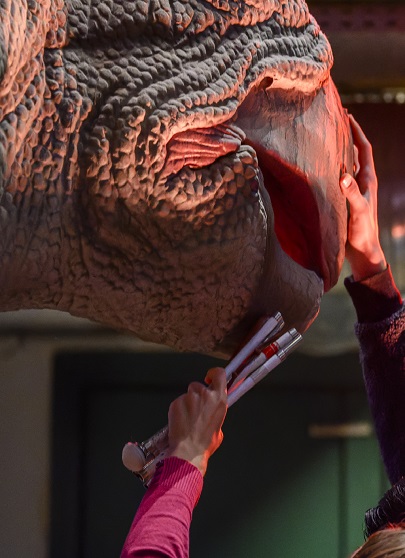
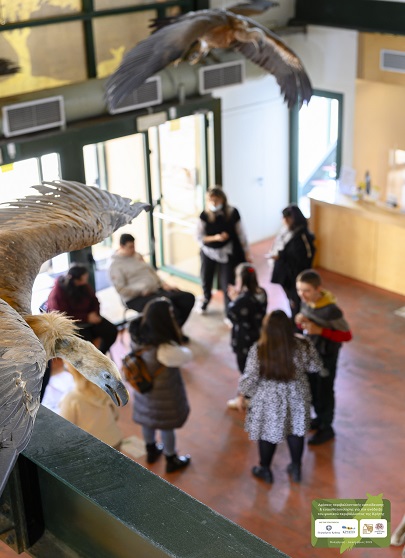
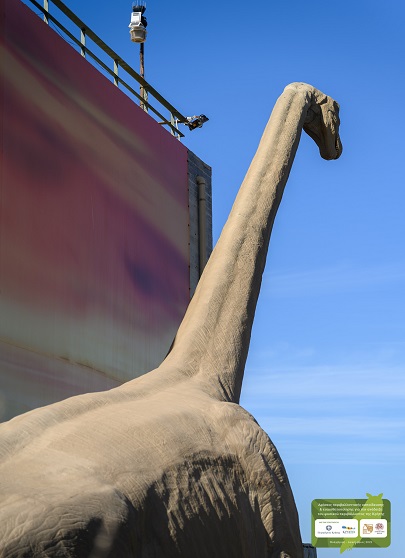

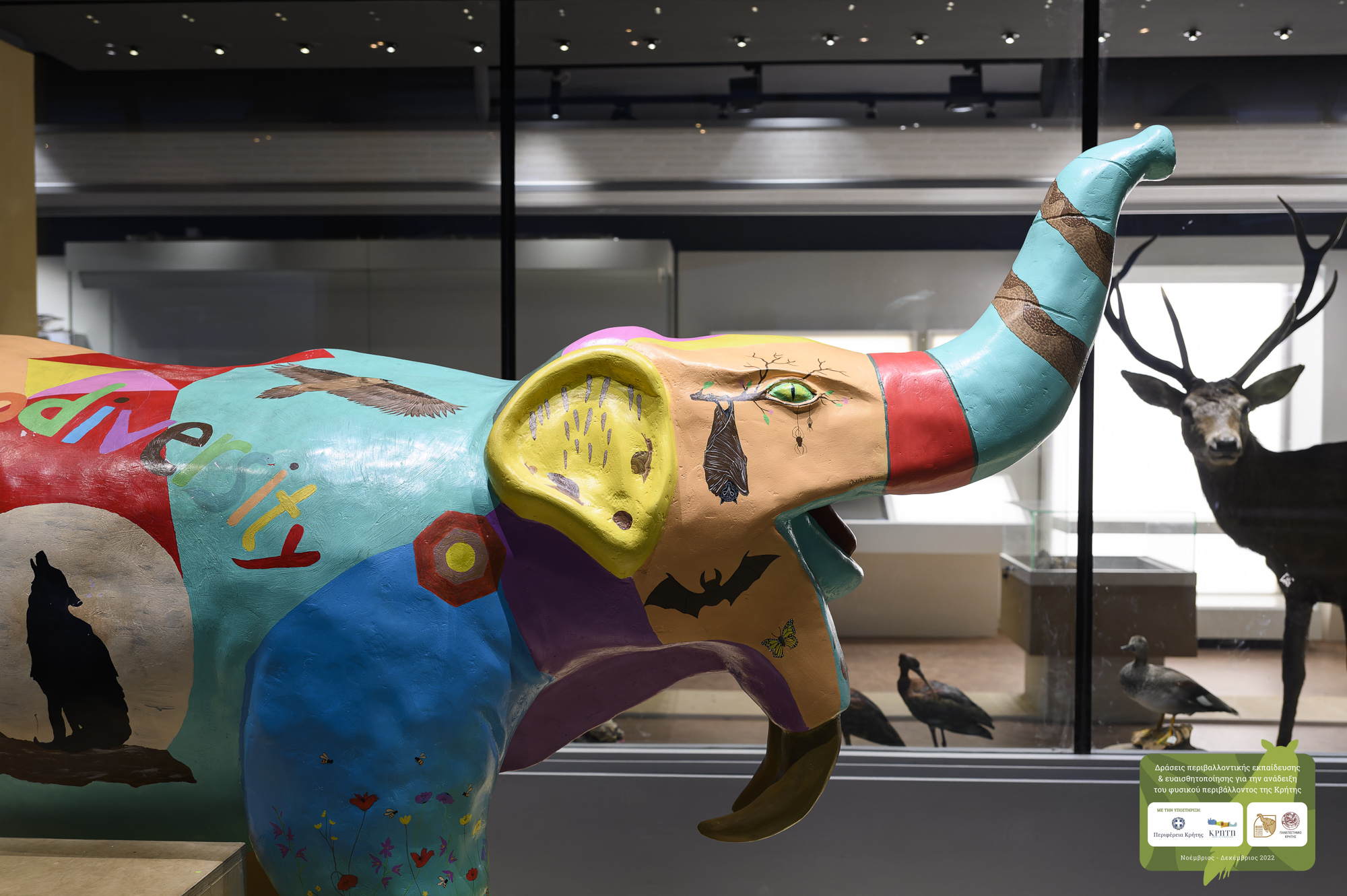
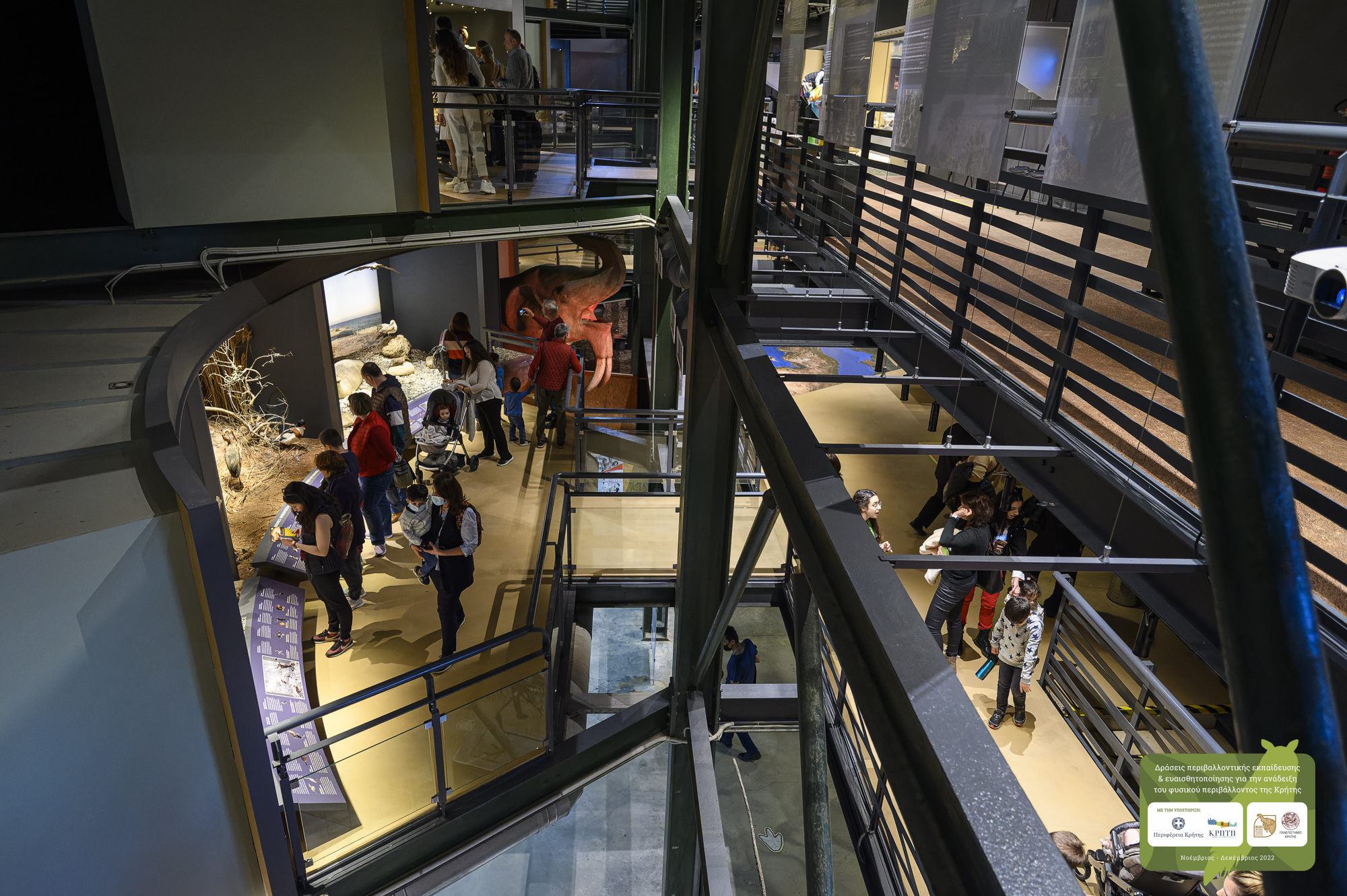
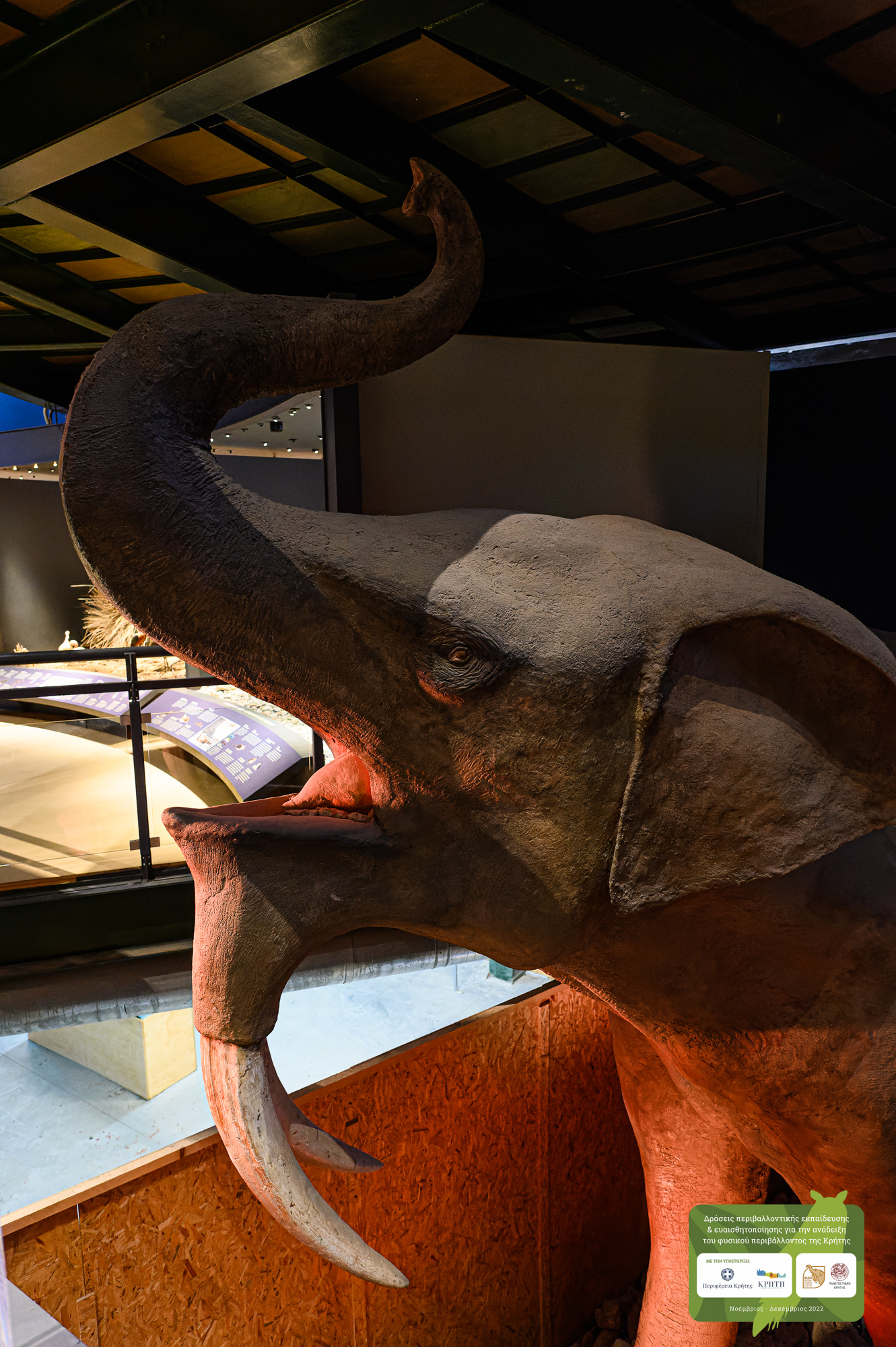
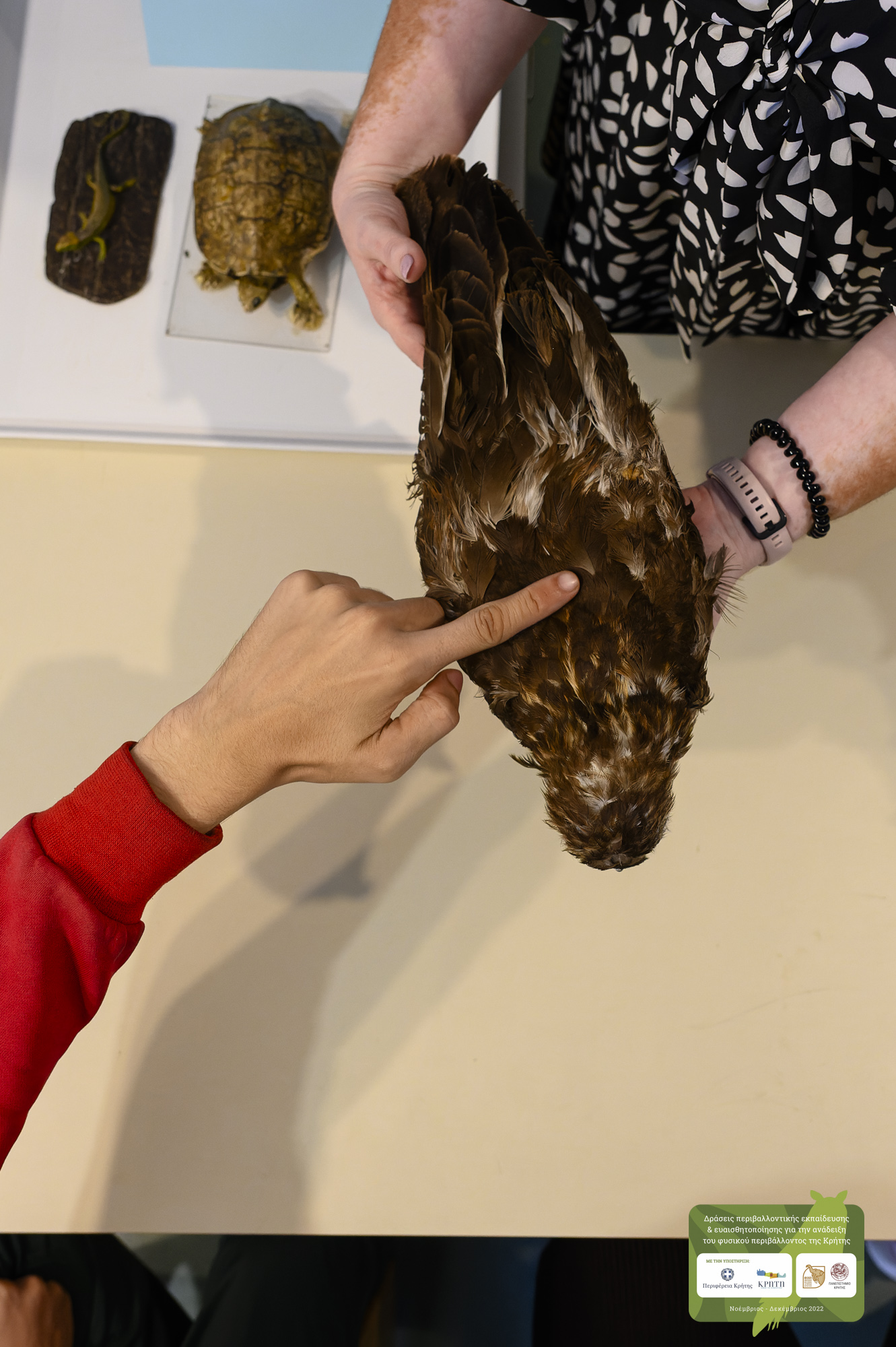

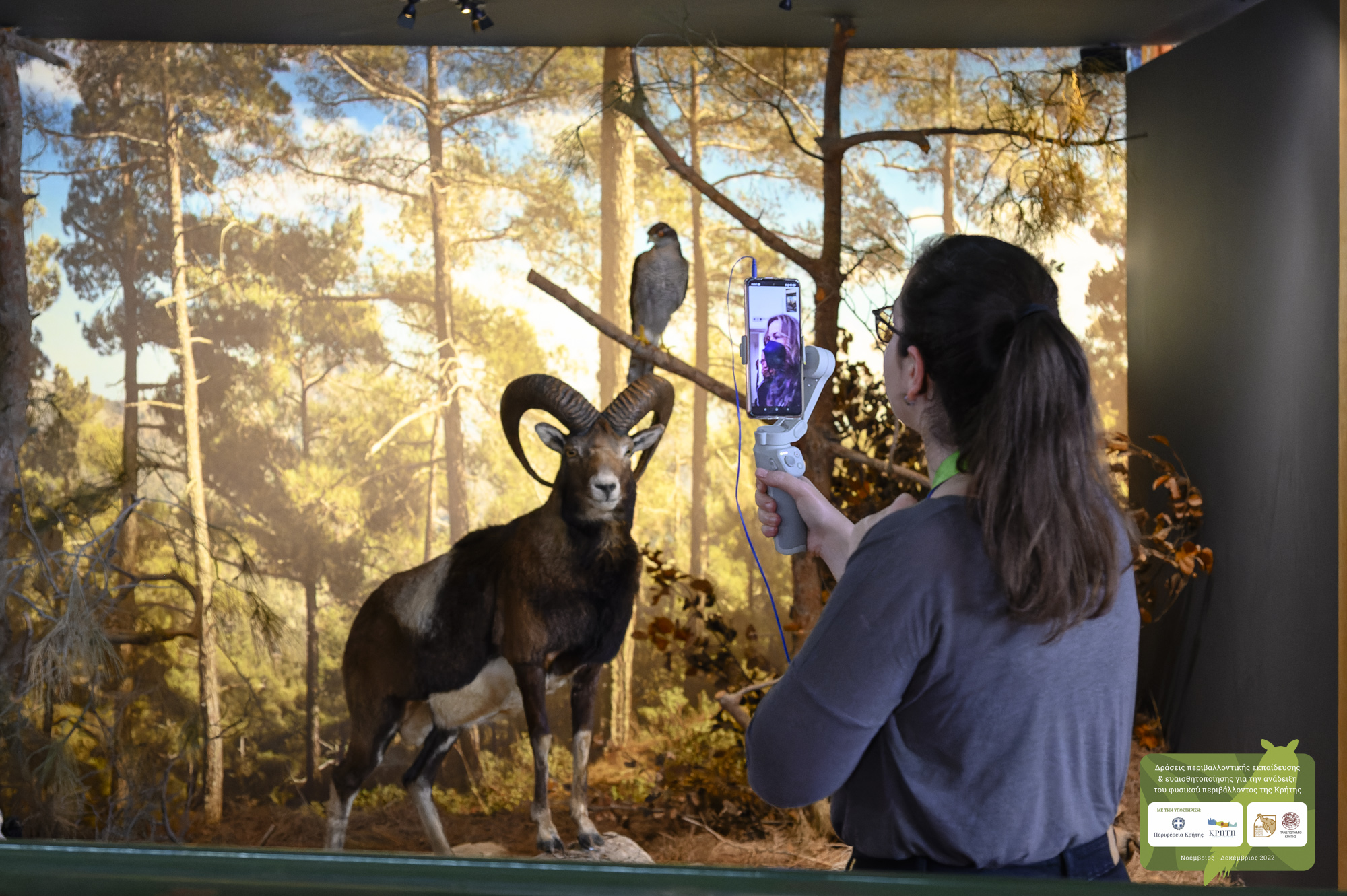
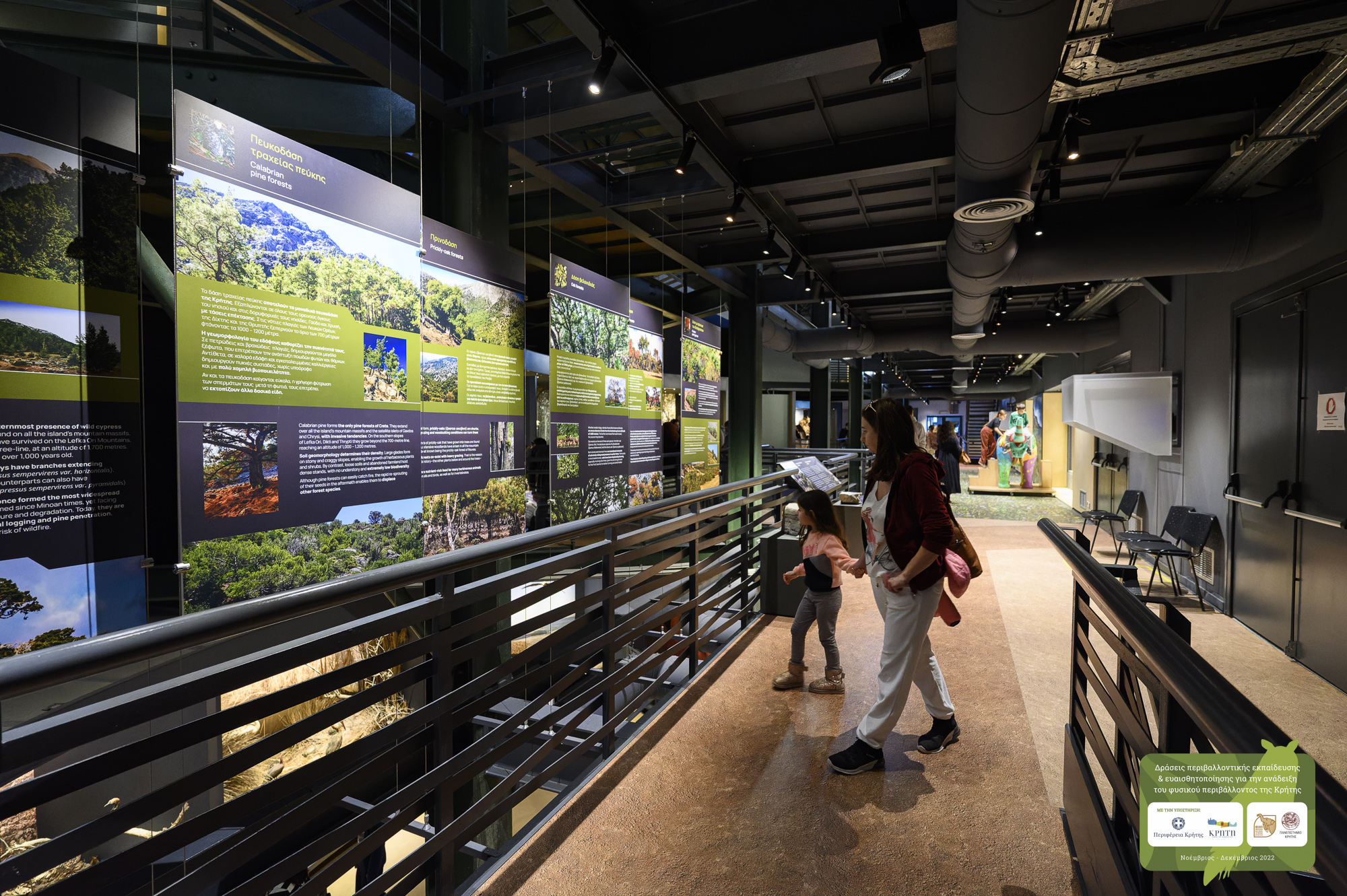
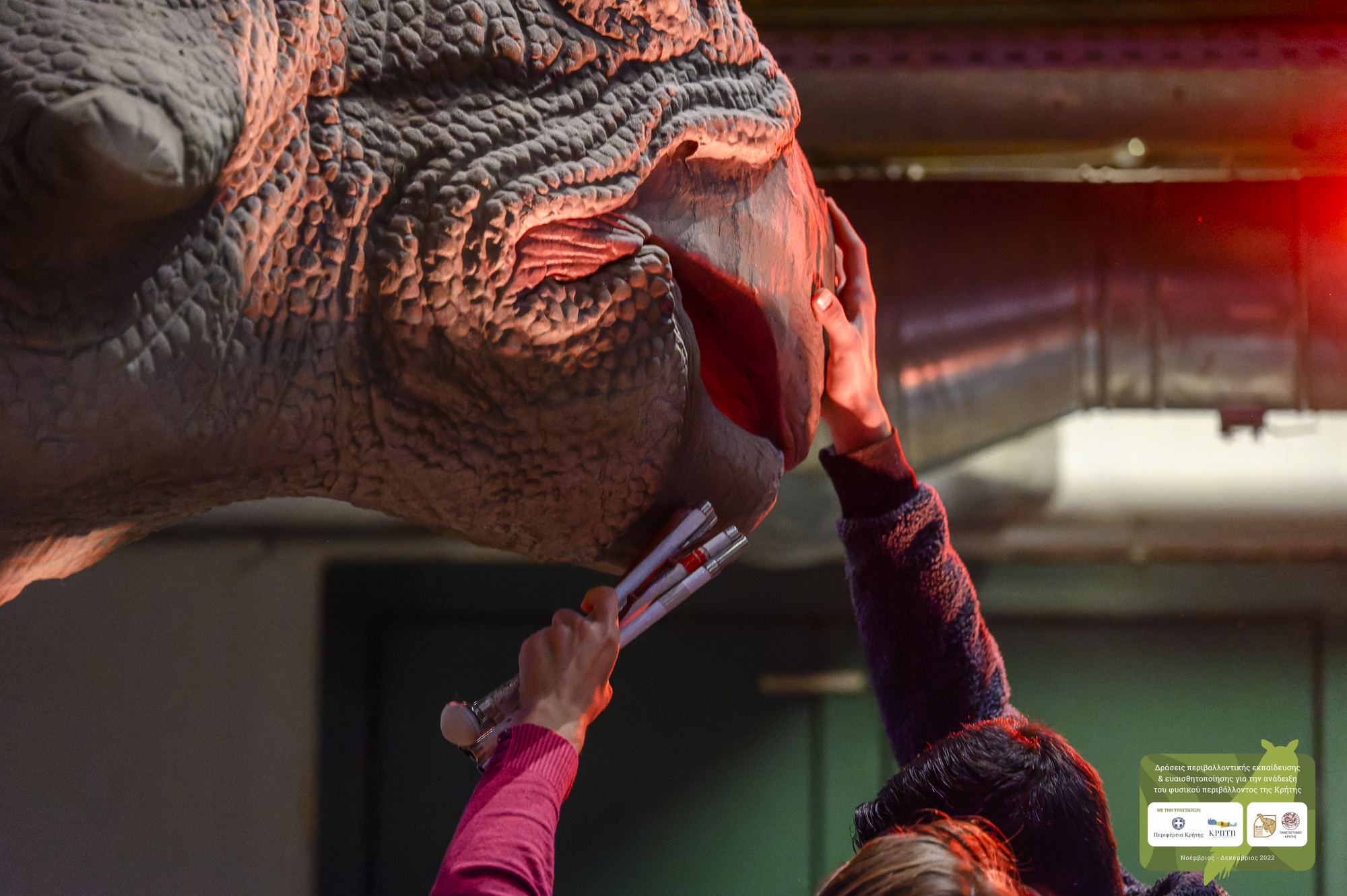
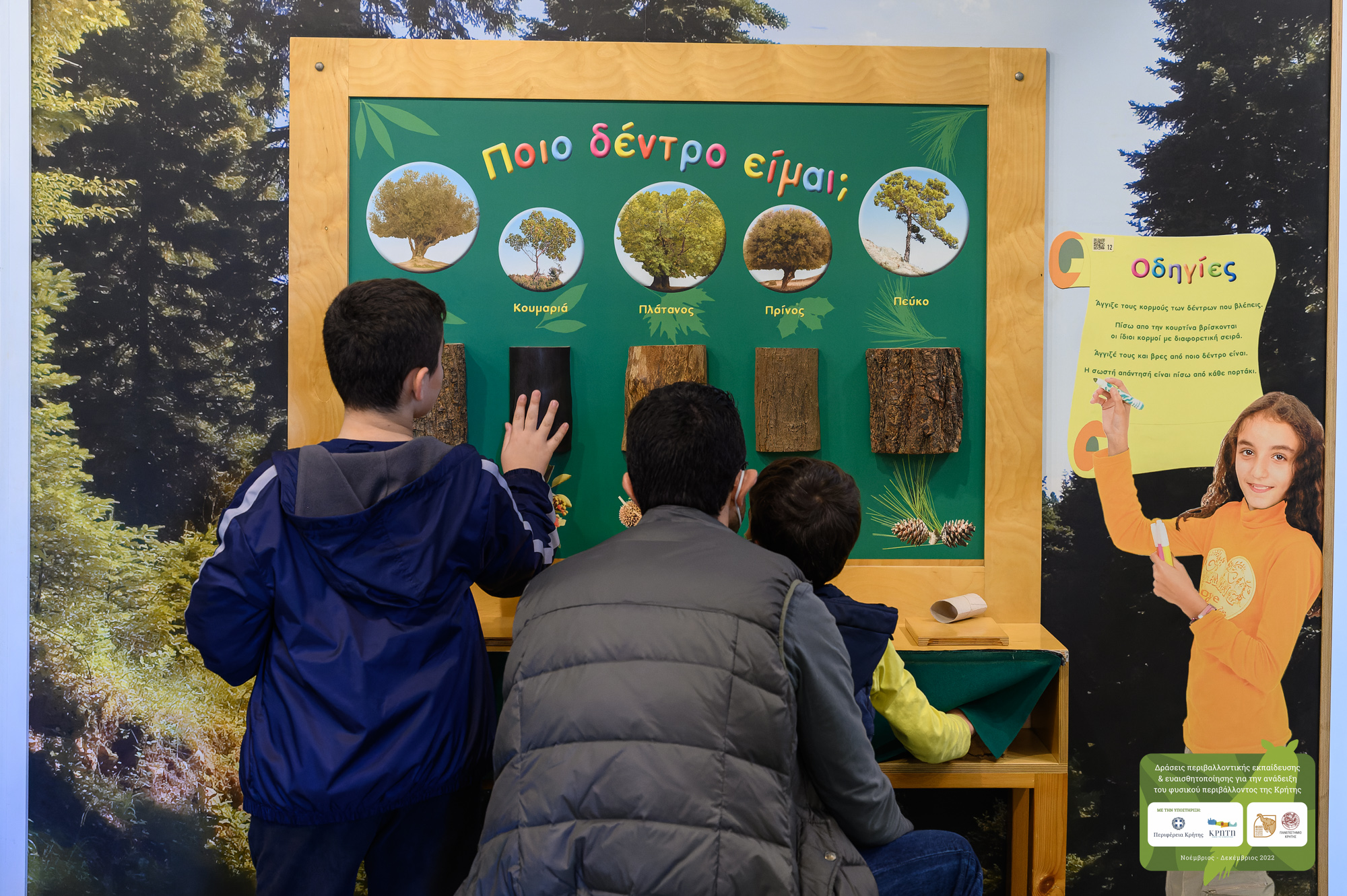
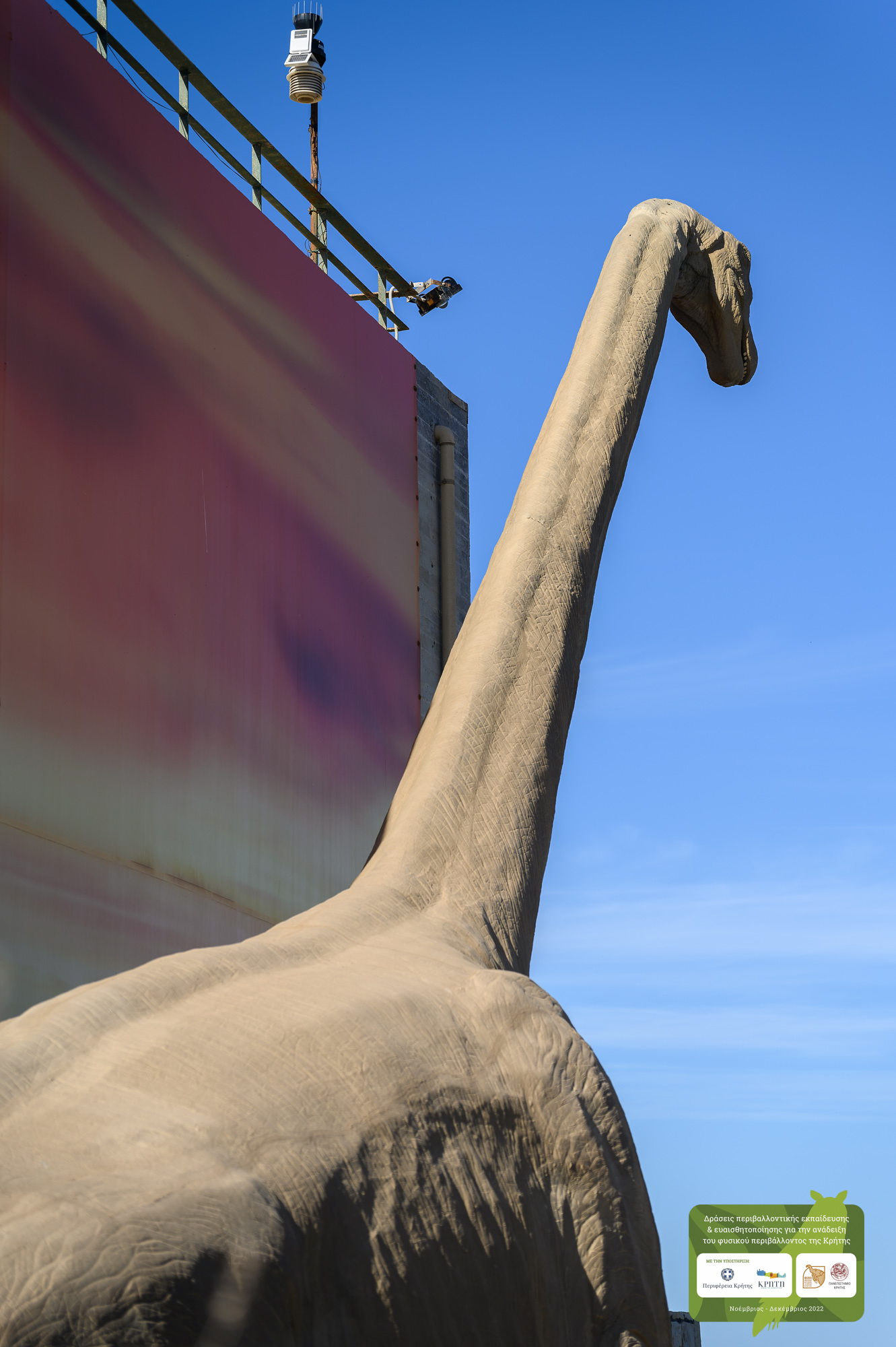
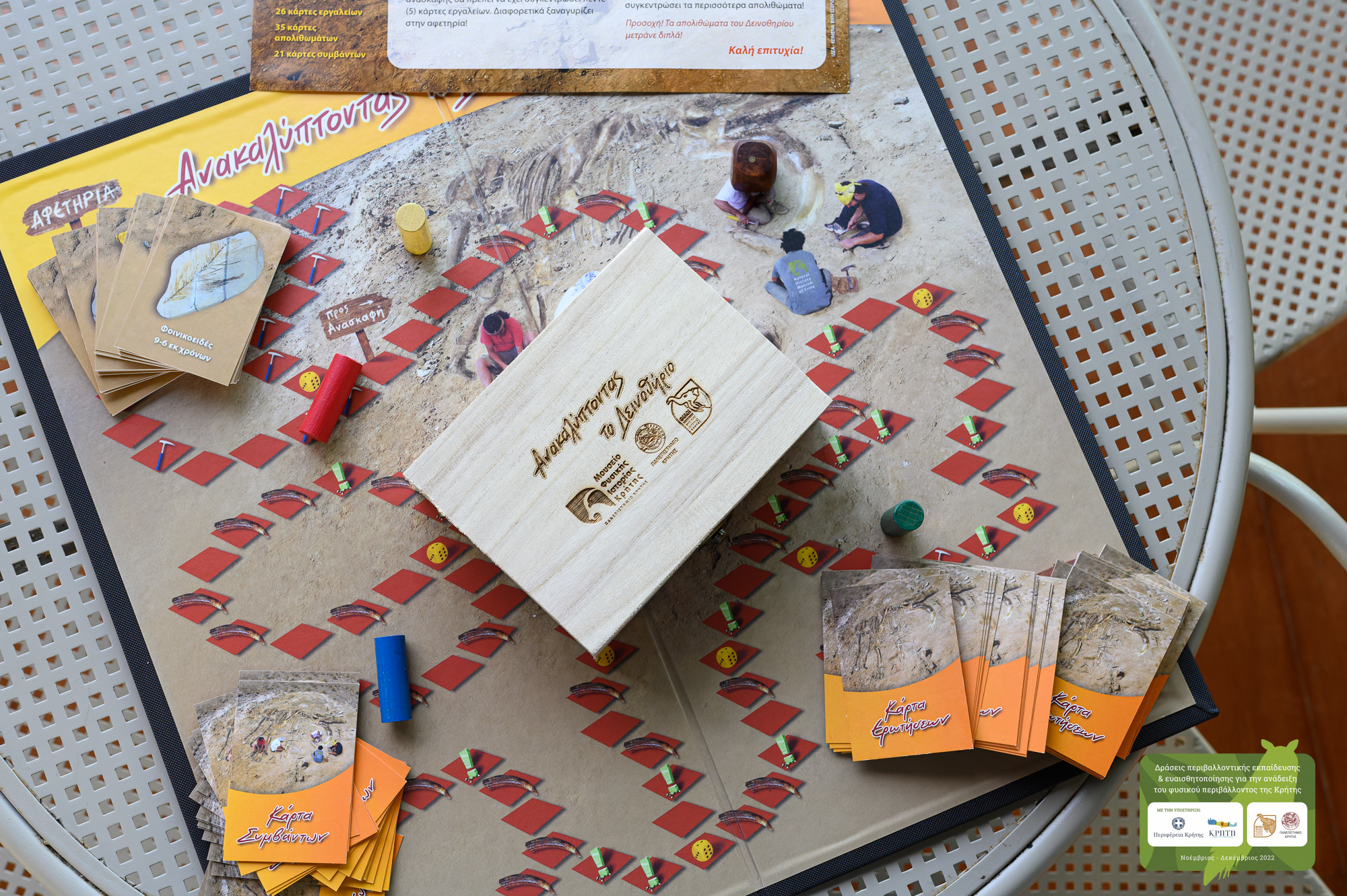

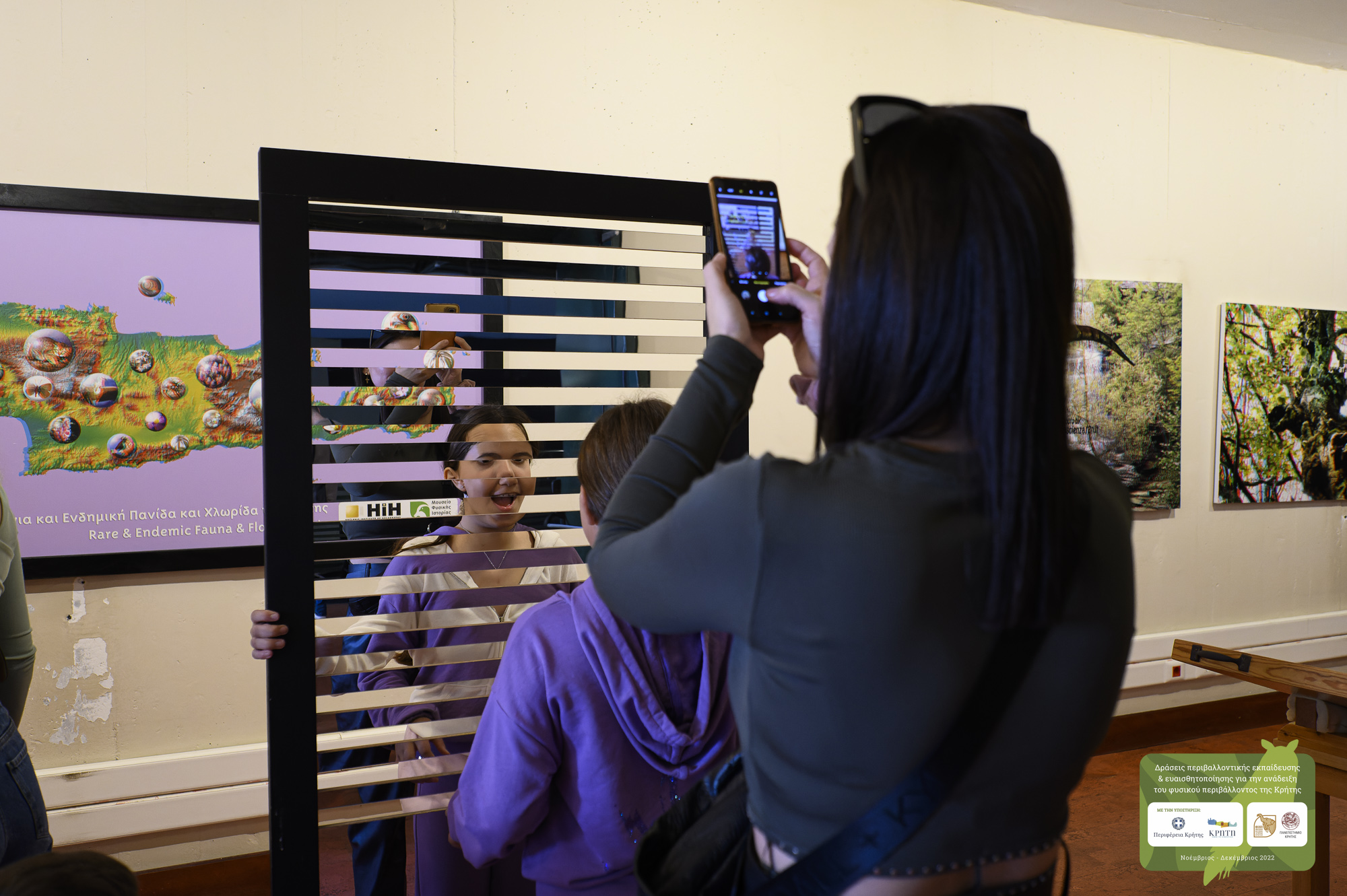
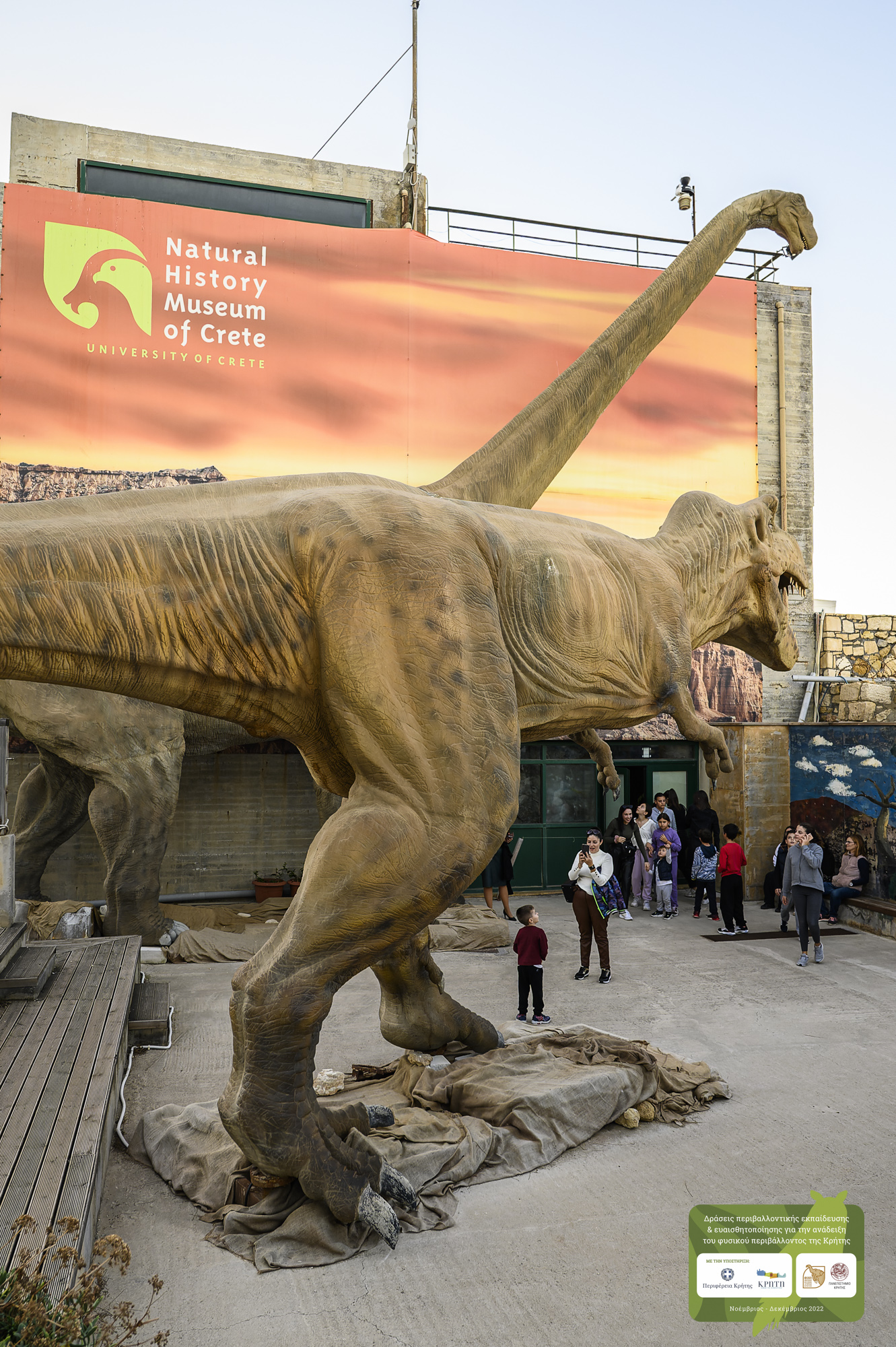
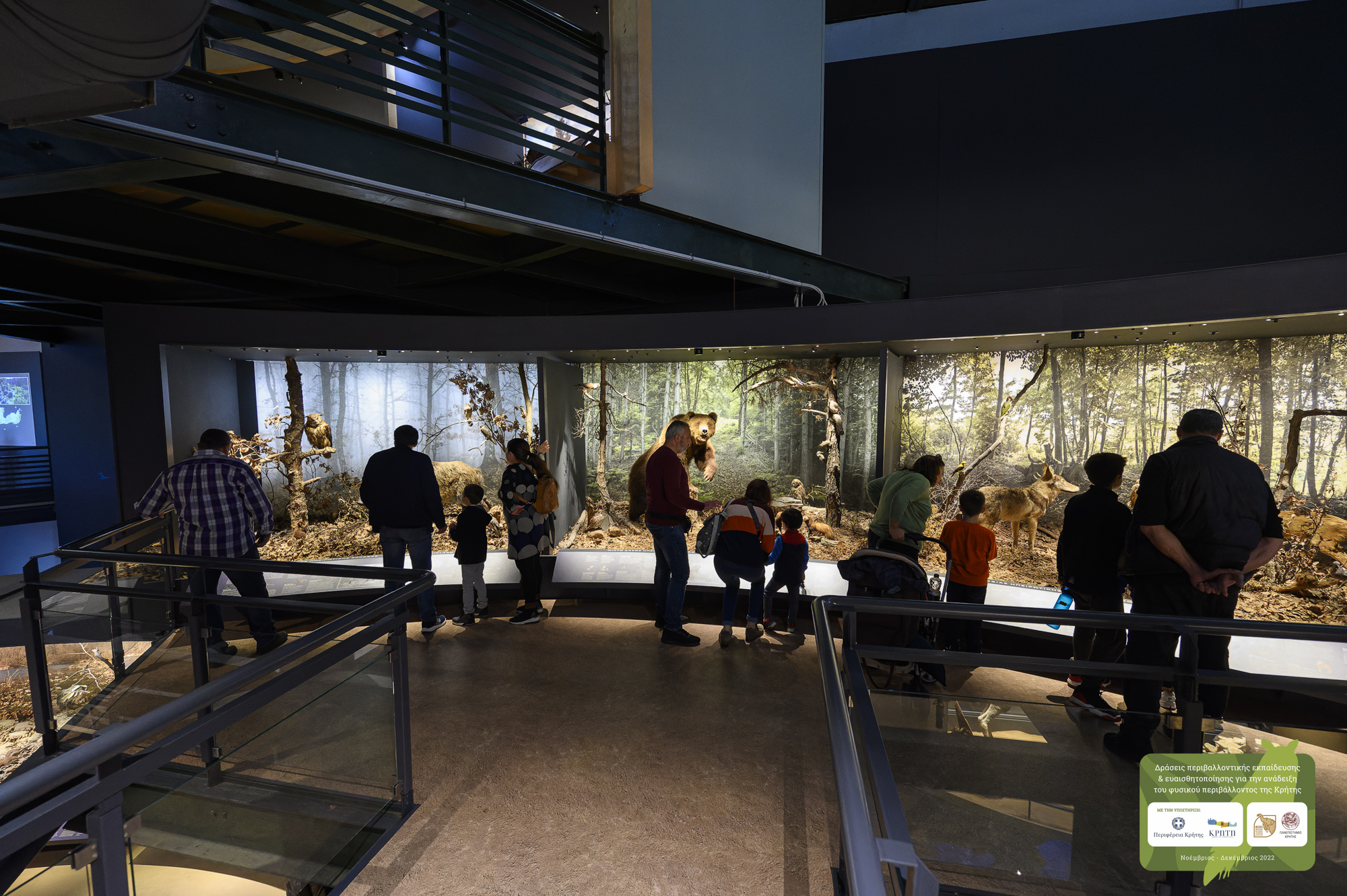
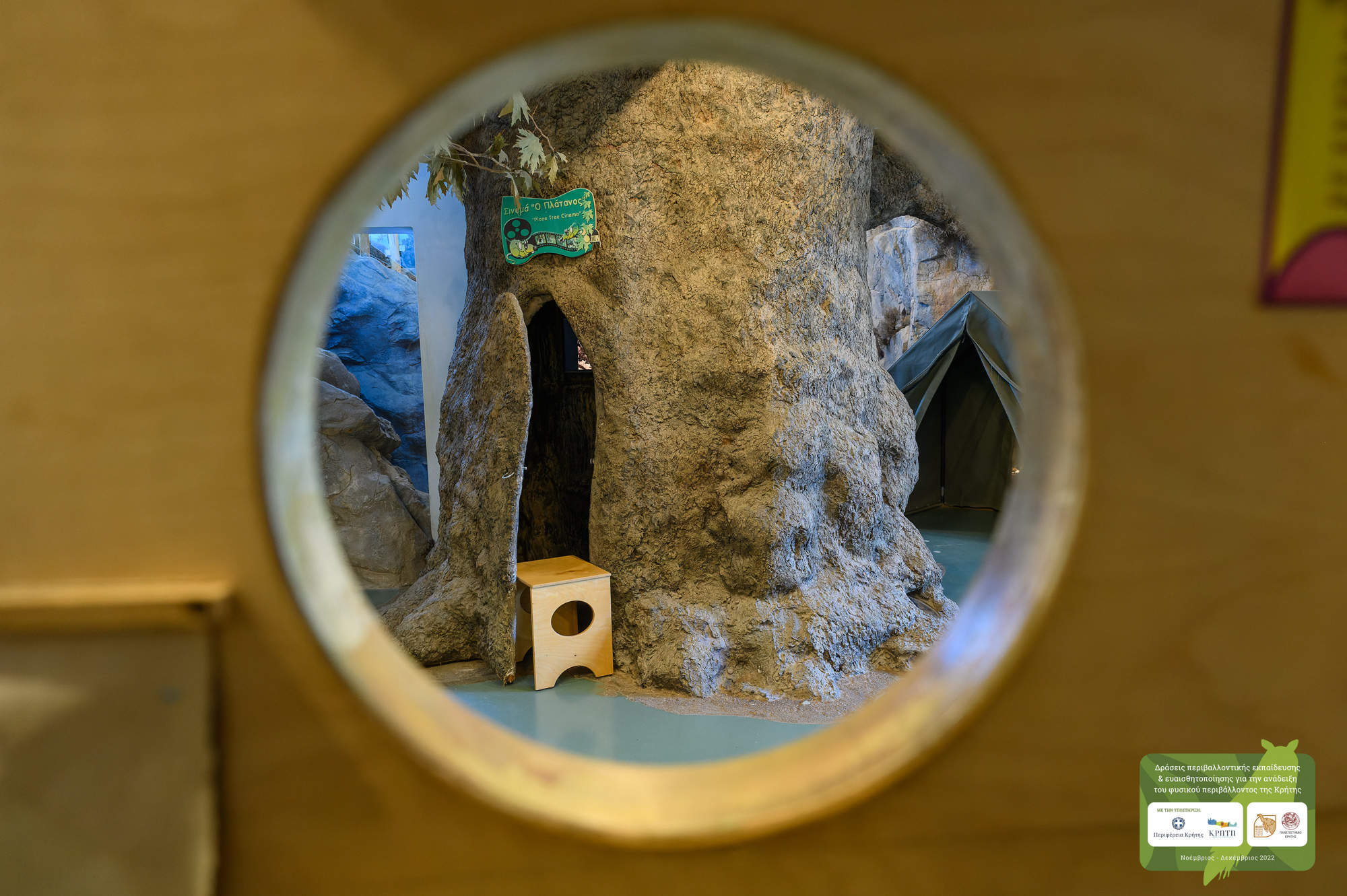
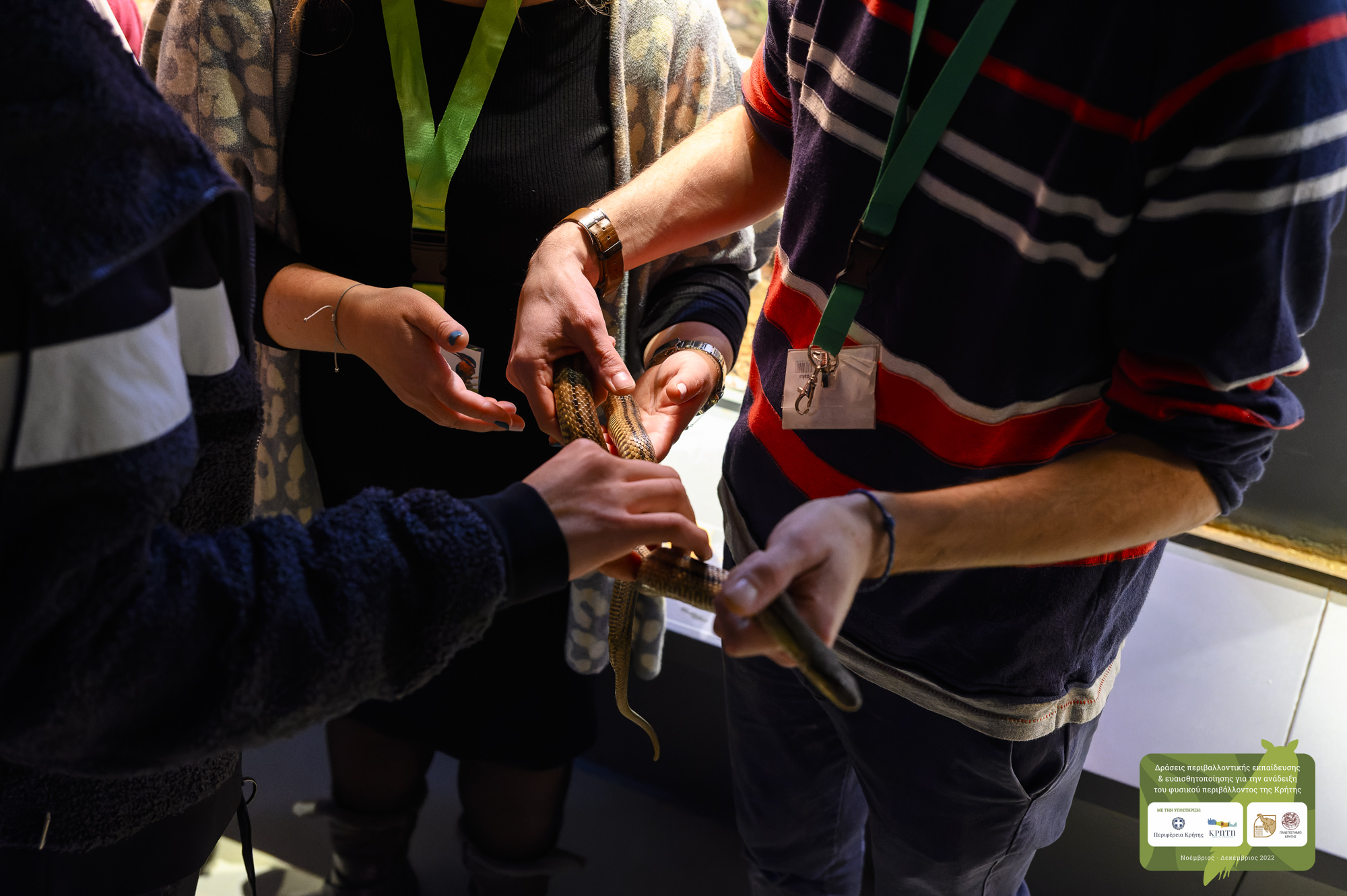

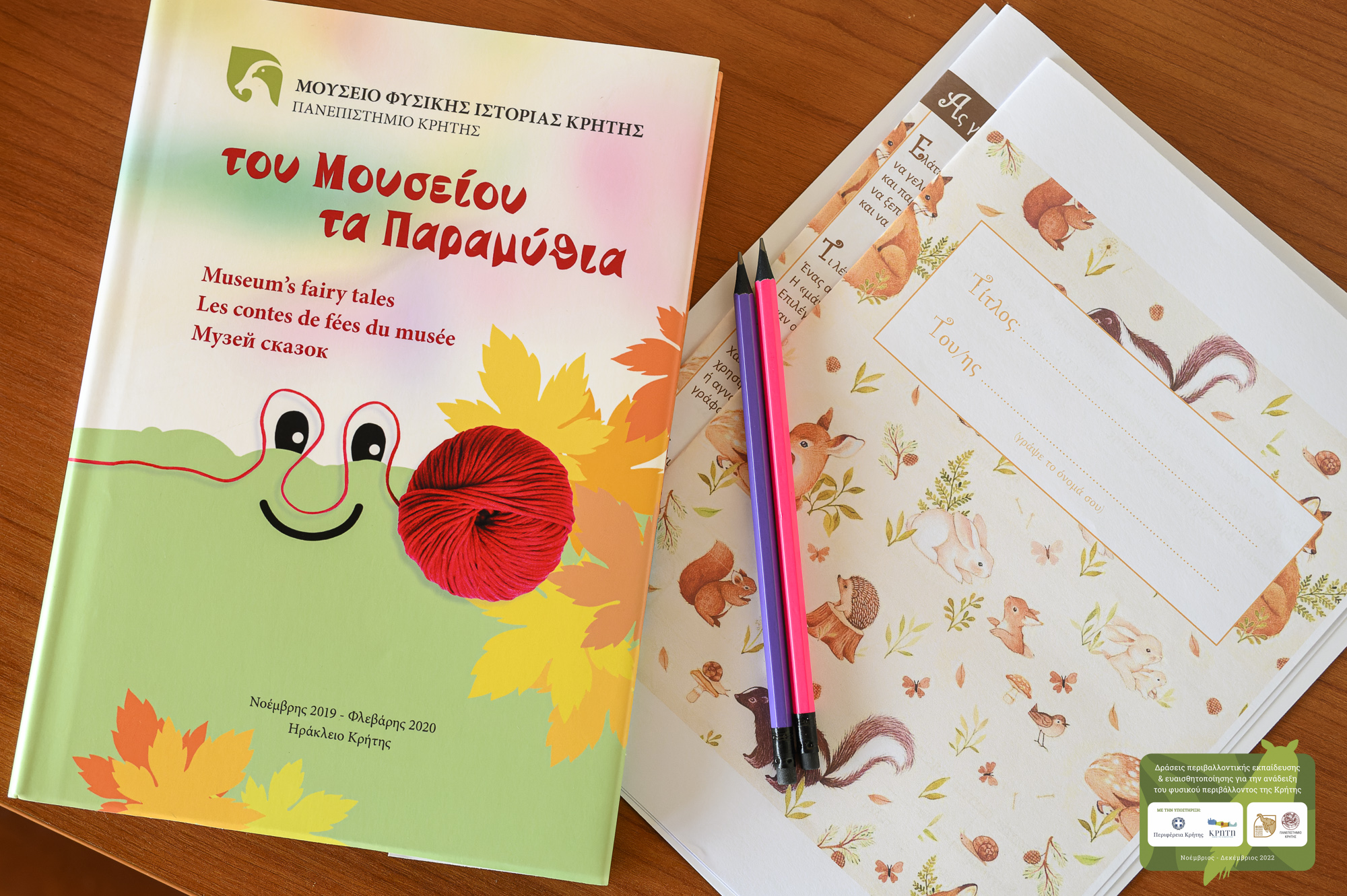
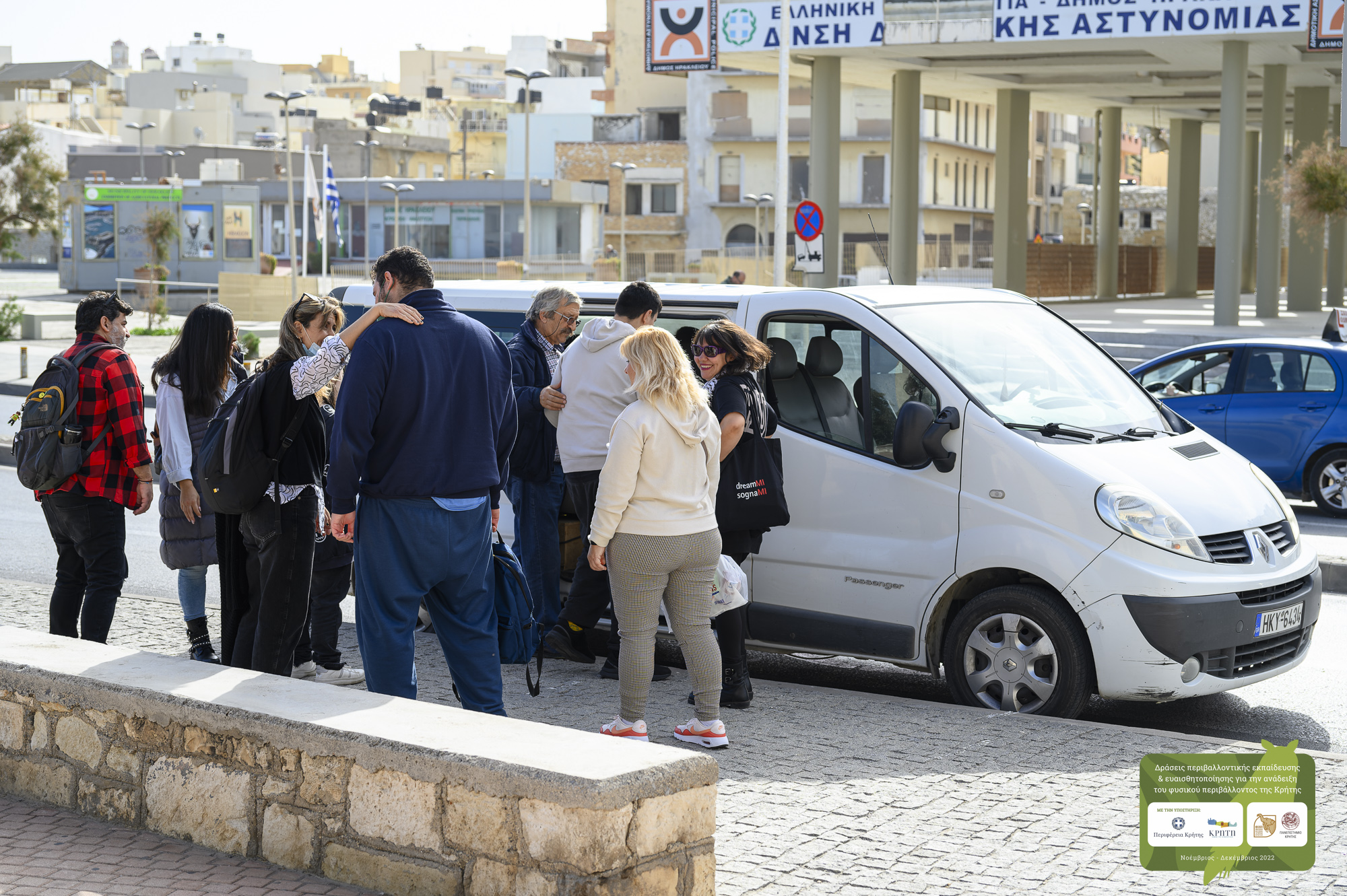
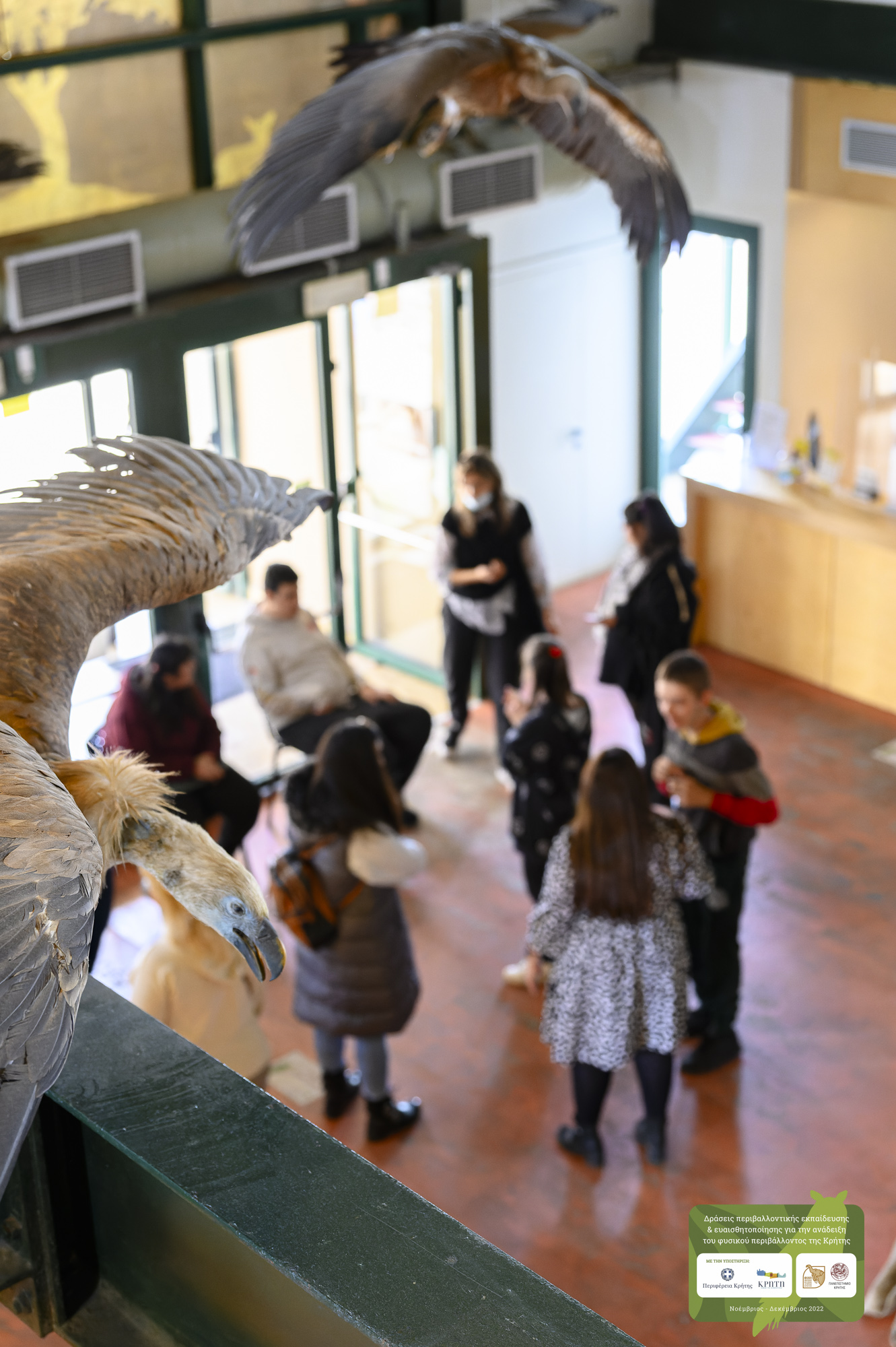
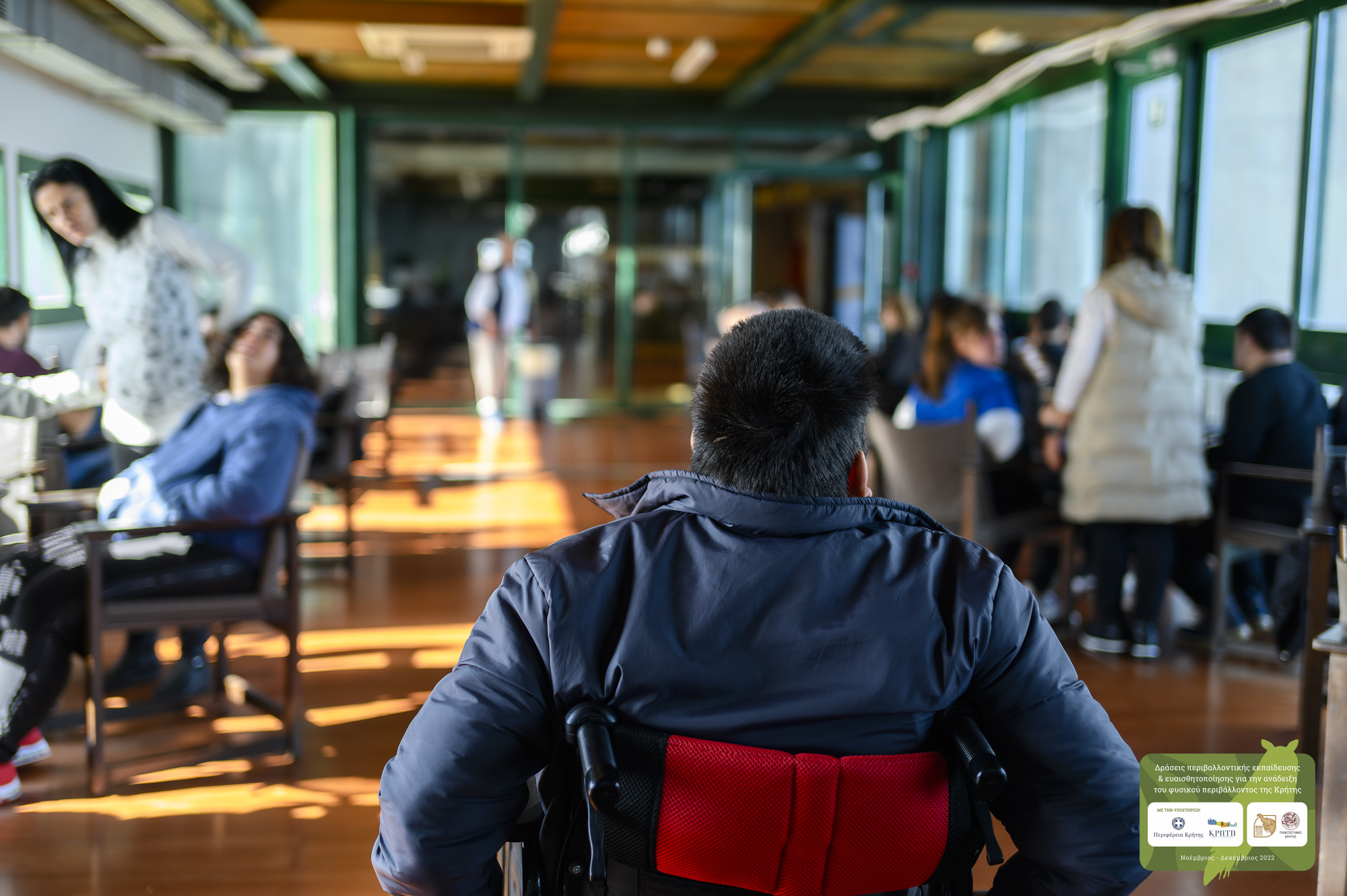
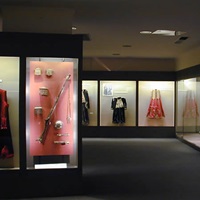
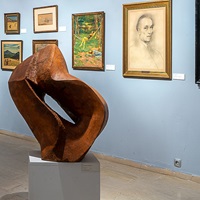




Leave A Comment